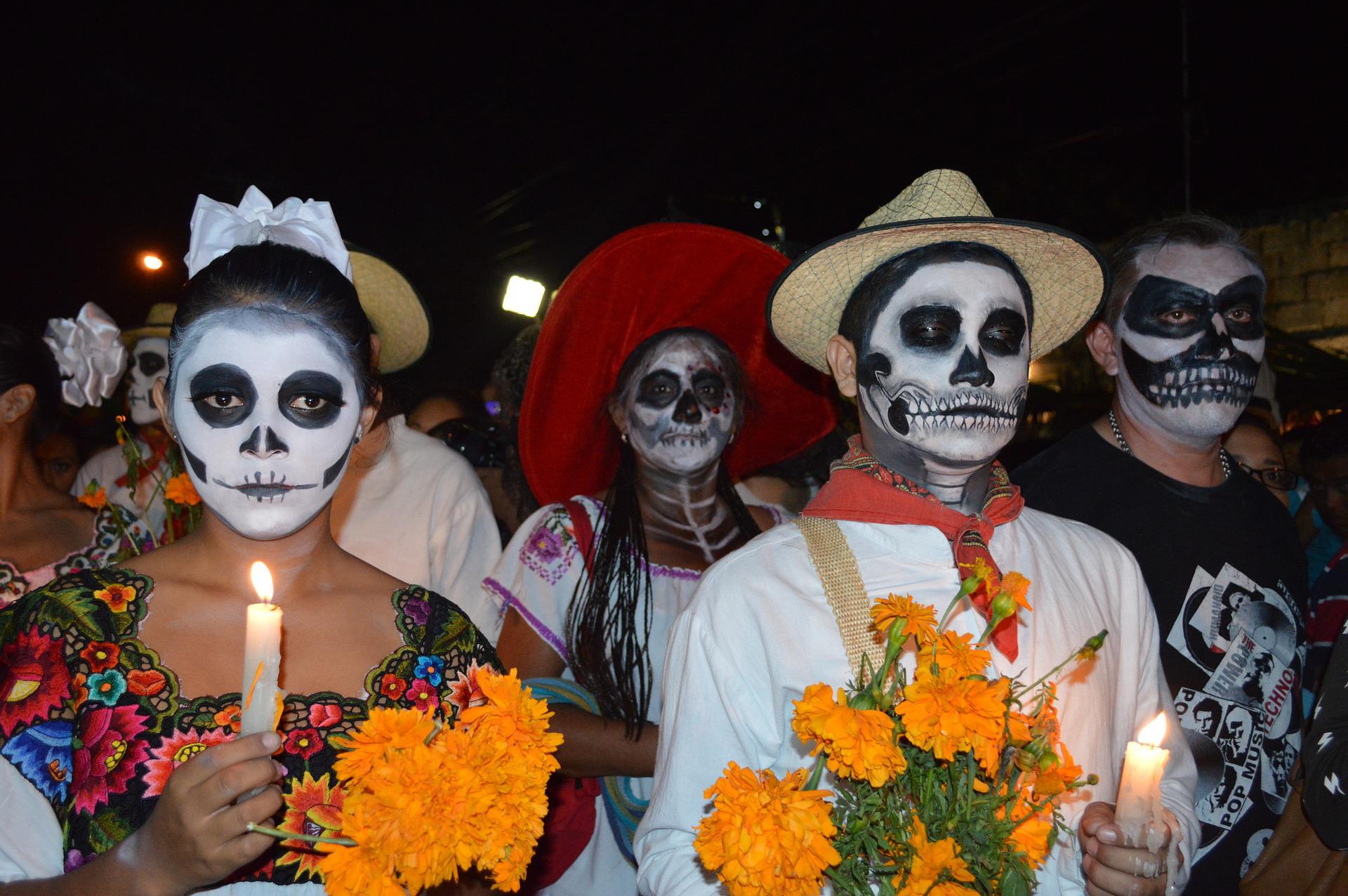
Day of the Dead is a Mesoamerican Catholic holiday that honors and remembers the dead and is celebrated mostly in Mexico in places with large indigenous populations (i.e. Oxaca, Michoacan).

Day of the Dead is a Mesoamerican Catholic holiday that honors and remembers the dead and is celebrated mostly in Mexico in places with large indigenous populations (i.e. Oxaca, Michoacan).

It is from October 31st – November 2nd. Souls return for a period of 24-hours. November 1st is for the souls of children and pets who have passed, and November 2nd is for adults. Sometimes when there is a tragic accident or a violent incident where many people have died, the holiday is extended for several more days.
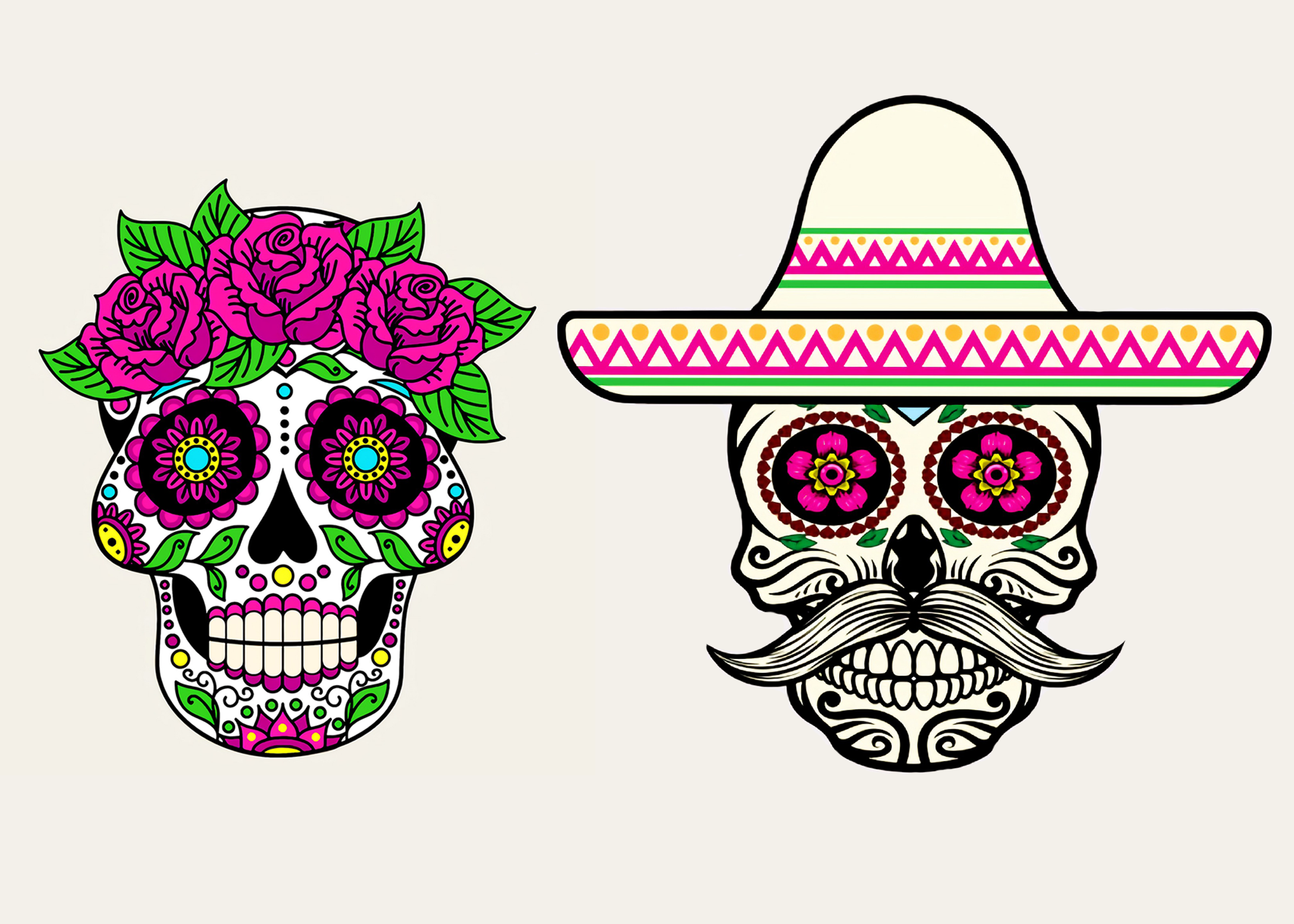
Many people are uncomfortable with Day of the Dead because it is at the same time around Halloween. With Halloween it is a time to be scared. With Day of the Dead though, it’s a time to celebrate. Mexicans prefer to the dead are the guests of honor.
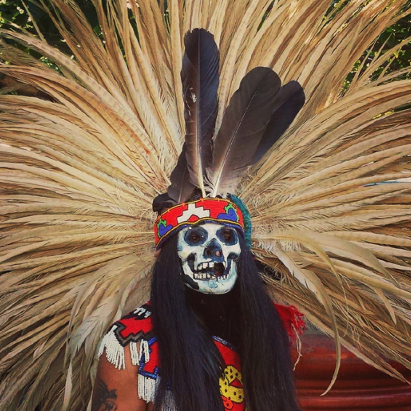

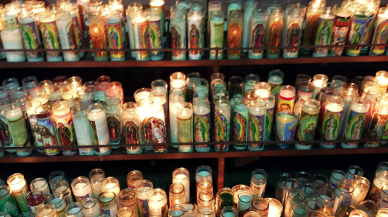
Many cultures around the world celebrate death in late October/early November
as it is between the fall equinox and winter solstice. The Egyptians, the
Romans and the Celts all have holidays that celebrate the dead.
The Aztecs believed that life was a dream, just temporary. They feared life more
than death because of how unsure life is.
In the early fall, Aztecs celebrated death with flowers, food and dancing. To
welcome them, the Aztecs would prepare a feast that consisted of tamales, tortillas,
pumpkins, quail and rabbits.
When the Spaniards came in the 16th century, they converted the Aztecs to Catholicism.
The friars explained their religion by incorporating the Aztec’s ancient religion. Gods
eventually became saints and major feasts were turned into holidays while retaining
their Mesoamerican traditions. Since Day of the Dead fell closest to the Catholic
holiday, All Saints Day, the two religions' customs and traditions were combined to
create this beautiful holiday.
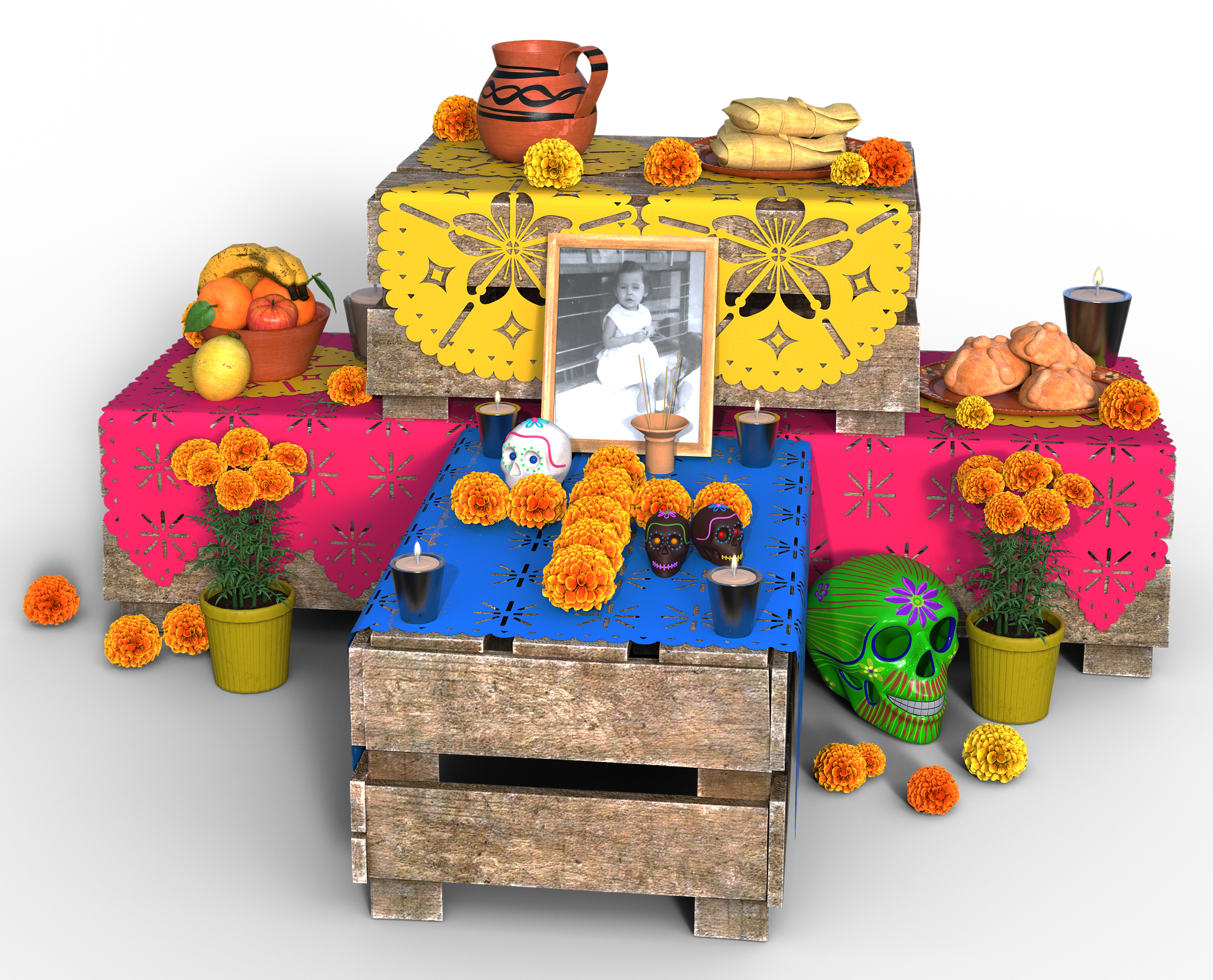
People decorate the graves of loved ones who have passed, make special foods like mole and bread, build altars as a way to welcome and honor the deceased and hold special festivals and processions.
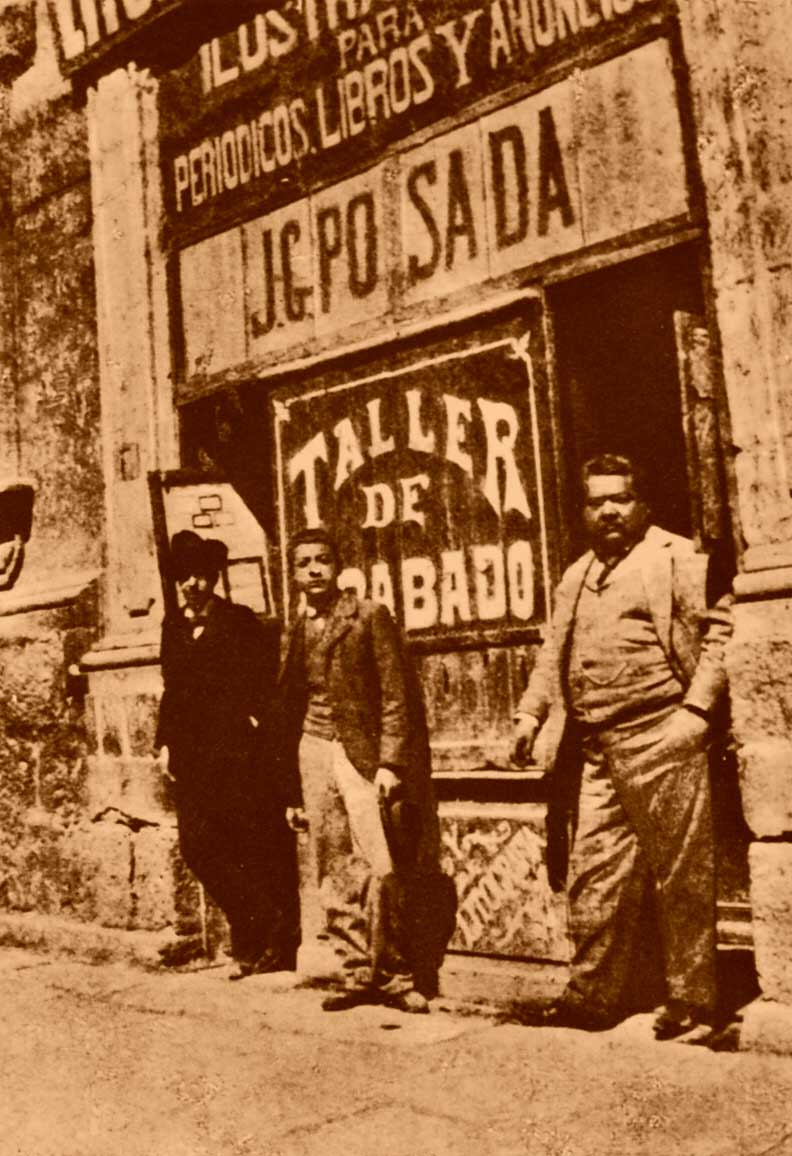

José Guadalupe Posada (1852 – 1913) was a famous political cartoonist who made fun of
the rich and politicians by drawing them as skeletons. It was to remind people that in
death we’re all equal.
He is most famous for his drawing of “Catrina”, a happy skeleton dressed in expensive
attire. Catrín in Spanish means fancy man, and Catrina is the female equivalent, which
was meant to poke fun at the ruling class. However, to many she was not only a symbol of
mocking the wealthy and extravagant lifestyles of the rich, but she later on would become
a symbol of the Day of the Dead holiday and Mexican culture.

The Mexican dishes that many Americans are familiar with are delicious enough on their own, but traditional food served during Day of the Dead is a great way to expand your palette beyond typical comfort foods, such as tacos and burritos. Below is a collection of recipes with links to sites that will take you step by step through how to make these amazing dishes:
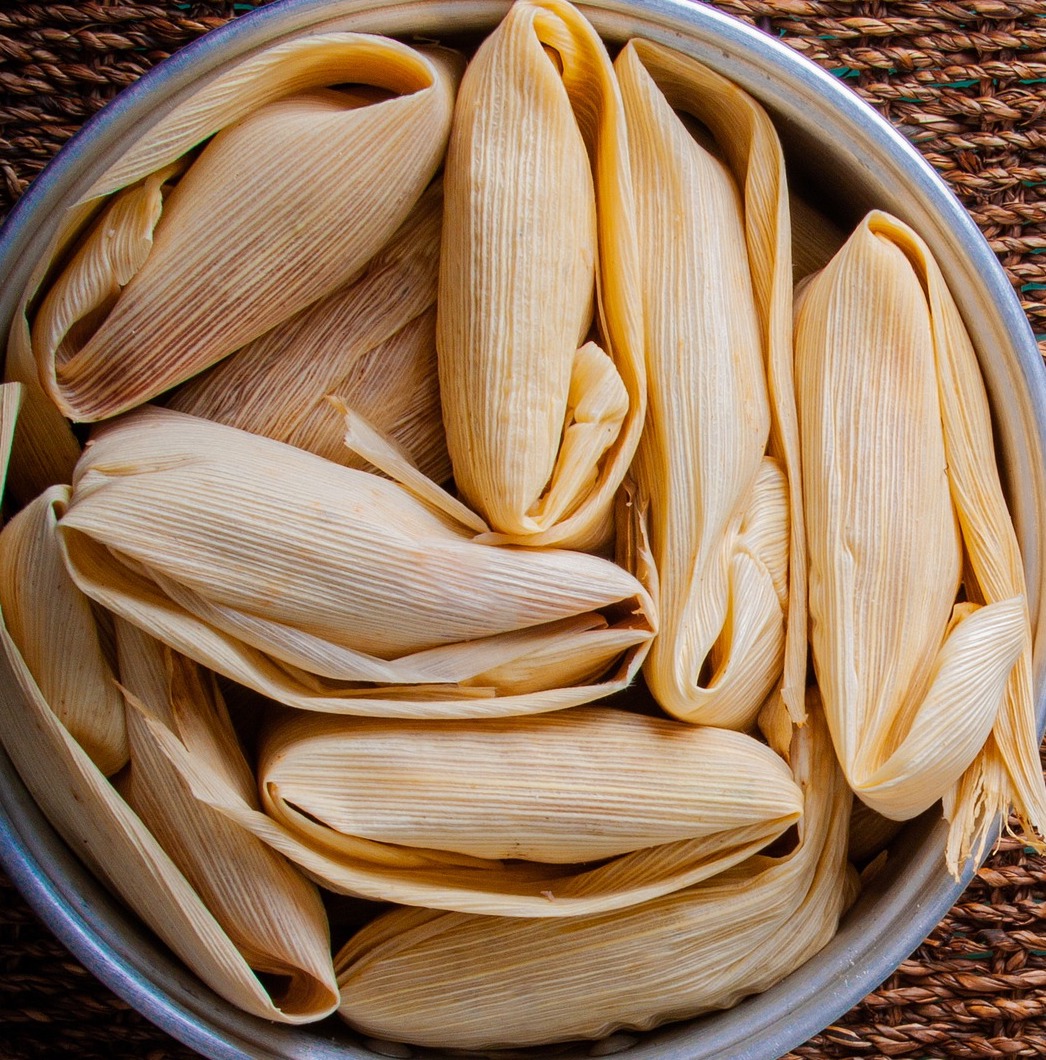
Tried and true, this recipe takes you through step by step on
how to make delicious pork tamales. This food is often left at
altars as it is a favorite Mexican comfort food. It should be
noted thoughthat tamales vary from place to place. Some use corn
husks or banana leavesto wrap them in. Some are sweet and use
various fruits and jams while traditionally they are savory and
can be made with chicken, chiles, cheese, pork, or even grasshoppers.
Tamales Recipe
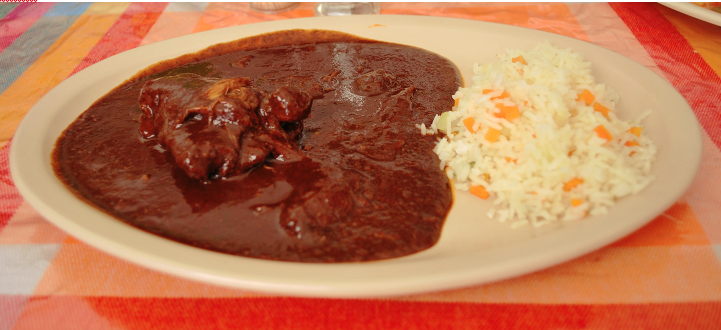
Molé, which comes from the Nahuatl word mōlli means sauce.
You might recognizeone famous dip in particular, guacamole,
which translates to avocado sauce.
Most popular in Puebla and Oaxaca,
most molé is a savory chocolate-based sauce that’s mixed with other
ingredients like onions, chiles, peppers and onions to create a dark
treat that goes on top of meats and vegetables.
Molé Recipe
Café de la Olla, or pot coffee, is a dark, spiced java that tickles the
senses. It is a mixture of orange peels, star anise, cinnamon, and piloncillo
(dark, unrefined sugar). It's traditional Mexican coffee that is boiled in an earthy clay pot,
which gives it its unique flavor. This particular style of coffee is popular in
rural areas where the climates are colder.
Café de la Olla Recipe
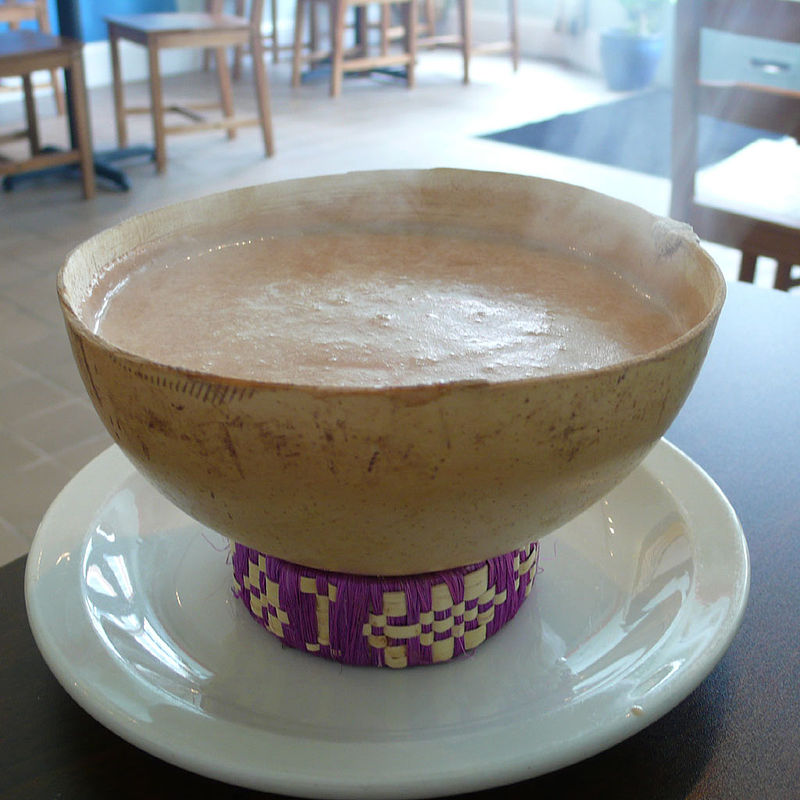
Atole, an ancient drink created by the Aztecs, is a traditional masa and corn-based beverage, is very popular
during Day of the Dead, and goes along great with tamales. It's also made with chiles, spices,
and piloncillo. The most well-known version of the drink is champurrado, which is
chocolate-based.
Chocolate Atole (Champurrado) Recipe

This special pastry is probably one of the most important elements of an altar as it has
a lot of symbolism. It is referred to as Breadof the Dead. The mildly sweet baked goods
are baked in a circle to represent the circle of life with knobs on top as a symbol of
their skull. It's dome shape represents a grave. With the leftover dough, the baker makes
little crossbones and tears on the sides, which represent the deceased. Then the bread is
lightly dusted with white or pink sugar. This bread is traditionally eaten at the gravesite
of your loved ones or at the ofrenda.
Pan de Muerto Recipe

This delicious, sweet treat is comparable to candied yams or sweet potatoes. It is the most
common dish to be found on family altars and is mostly made during Day of the Dead. In Mexico,
they usually use calabaza de castilla, a type of winter squash from Southern Mexico. Traditionally,
honey was used to sweeten squash in pre-Hispanic times. Each region has a special way of
preparing this amazing snack using star anis, sugarcane, fruit, orange zest, and figs.
Calabaza en Tacha Recipe